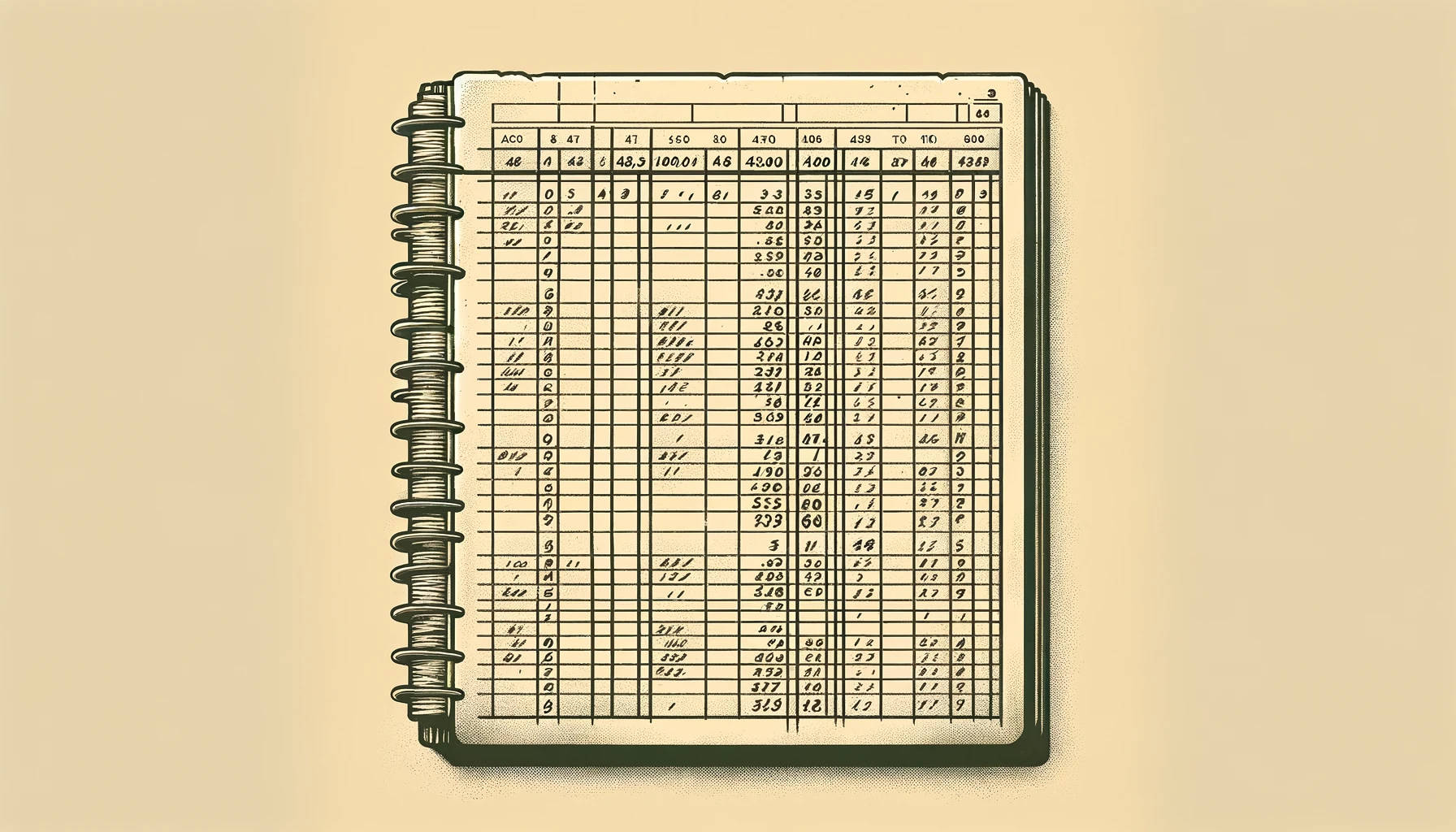Cost-Effective Project Plans

When it comes to landscaping, balancing the budget is crucial. As a landscaper in Winnipeg, I understand the dynamics of costs involved in a project. Here, I'll share insights on how to manage expenses effectively.
Understanding Costs: Labour vs Materials
In landscaping, costs are generally divided into two categories: labour and materials. Labour is a significant part of the expense, often constituting around 50-80% of the total cost. Materials, on the other hand, can vary greatly depending on the choice and quality, making up approximately 20-50% of the total cost. This ratio can fluctuate based on the complexity and scale of the project.
Selecting Materials Wisely
New bricks vs used bricks
Opting for new, readily available supplies can actually be more cost-effective than using old materials that are "free". For example, using new concrete pavers instead of used bricks can reduce labour costs significantly. It often requires more labour for cleaning, sorting, and adapting old materials to fit new designs.
Older bricks can lead to really beautiful results, and there is a significant environmental benefit to using older materials, but they are often more expensive even if the older bricks were free.
Mulch or Gravel Pathways
For a more natural look or for less frequently used areas, mulch or gravel pathways can be a cost-effective solution. They are easier to lay down and cheaper than pavers or stones.
Efficient Design Planning
Simple, elegant designs can be both beautiful and cost-effective. Intricate designs with numerous features not only require more materials but also significantly increase labour costs due to the complexity of the work.
Patios
Rectangular or Square Designs
Opting for a rectangular or square patio design can be more cost-effective than irregular or circular shapes. These designs require less cutting of materials, reducing labor time and waste.
Standard Paving Materials
Use standard-sized pavers or concrete slabs. These materials are typically less expensive and easier to install than custom or irregularly shaped stones, which can increase labor costs due to additional cutting and fitting.
Minimalist Style
A minimalist patio design with clean lines and a simple layout requires fewer materials and less intricate labor. This style can be both modern and elegant.
Walkways
Straight or Gently Curving Paths
Straight paths or those with gentle curves are more economical to construct than highly intricate or winding paths. They require fewer cuts in materials and less labor-intensive shaping.
Width Consideration
Opt for a standard width that is sufficient for comfortable passage without being excessively wide. A narrower walkway uses fewer materials and is quicker to install.
Stepping Stones in Lawn Areas
Instead of a continuous walkway, consider placing stepping stones within the lawn. This approach requires fewer materials and labor while still providing a functional path.
Choosing Low-Maintenance Options
The cost of the initial build is one thing, but you will have some on-going maintenance costs.
Opt for plants and design elements that require minimal upkeep. This approach reduces long-term costs associated with garden maintenance, watering, and replanting.
Concrete paver patios are great for this.
Investing in Quality Materials
Higher quality materials can be more cost-effective in the long run. They last longer and require less repair and replacement, which means lower labour costs over time.
Each project has its own unique demands, but by understanding these cost dynamics and making informed choices, you can ensure your landscaping project is both stunning and budget-friendly. Remember, a well-planned landscape doesn’t only add aesthetic value to your property but also enhances its overall worth, making it a wise investment.



